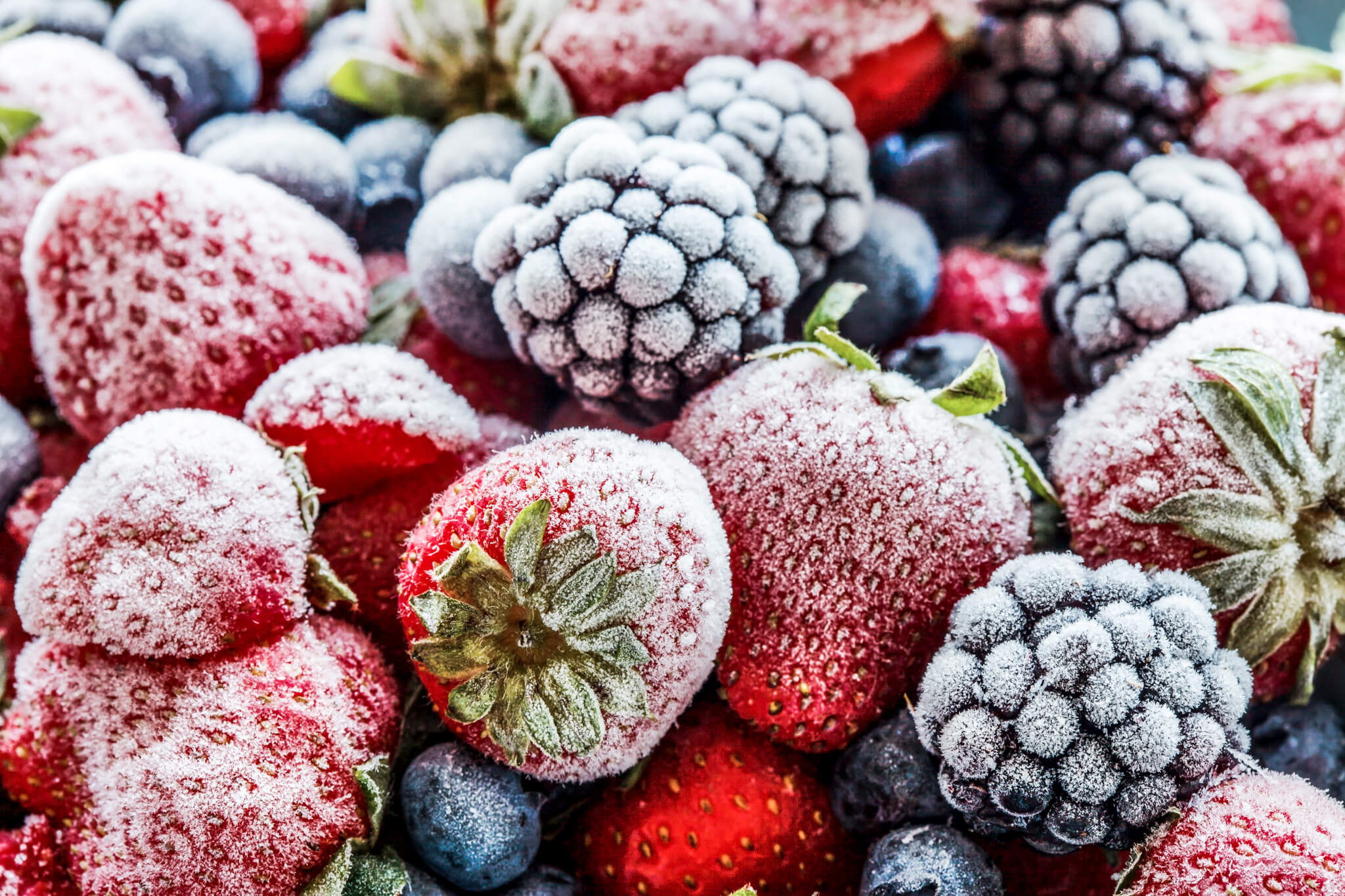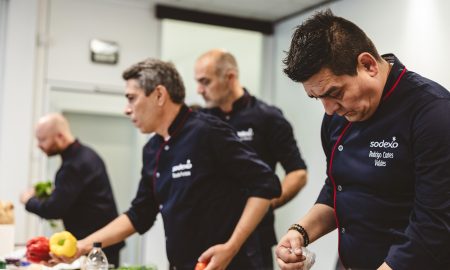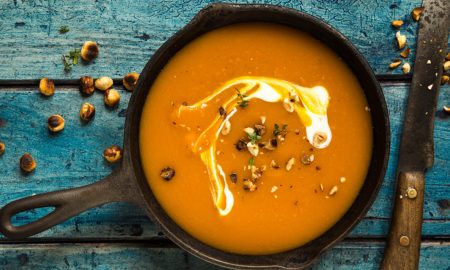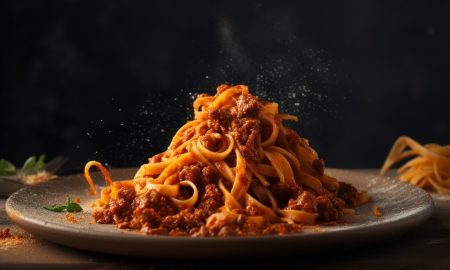It’s sort of a taboo subject, though – in food service, people associate quality with freshness. It’s not like you’d serve a customer a meal and make a point of mentioning that the ingredients are fresh from the blast chiller. “Perfectly frozen” isn’t a big selling point. But people use these processes all the time – in industrial food processing and Michelin-starred restaurants alike. “Freezing isn’t a flaw,” Heiko Antoniewicz says. “We should be talking about it more.” The German chef may well be among the world’s biggest cheerleaders for innovative food processing methods; he’s even written several books about them.
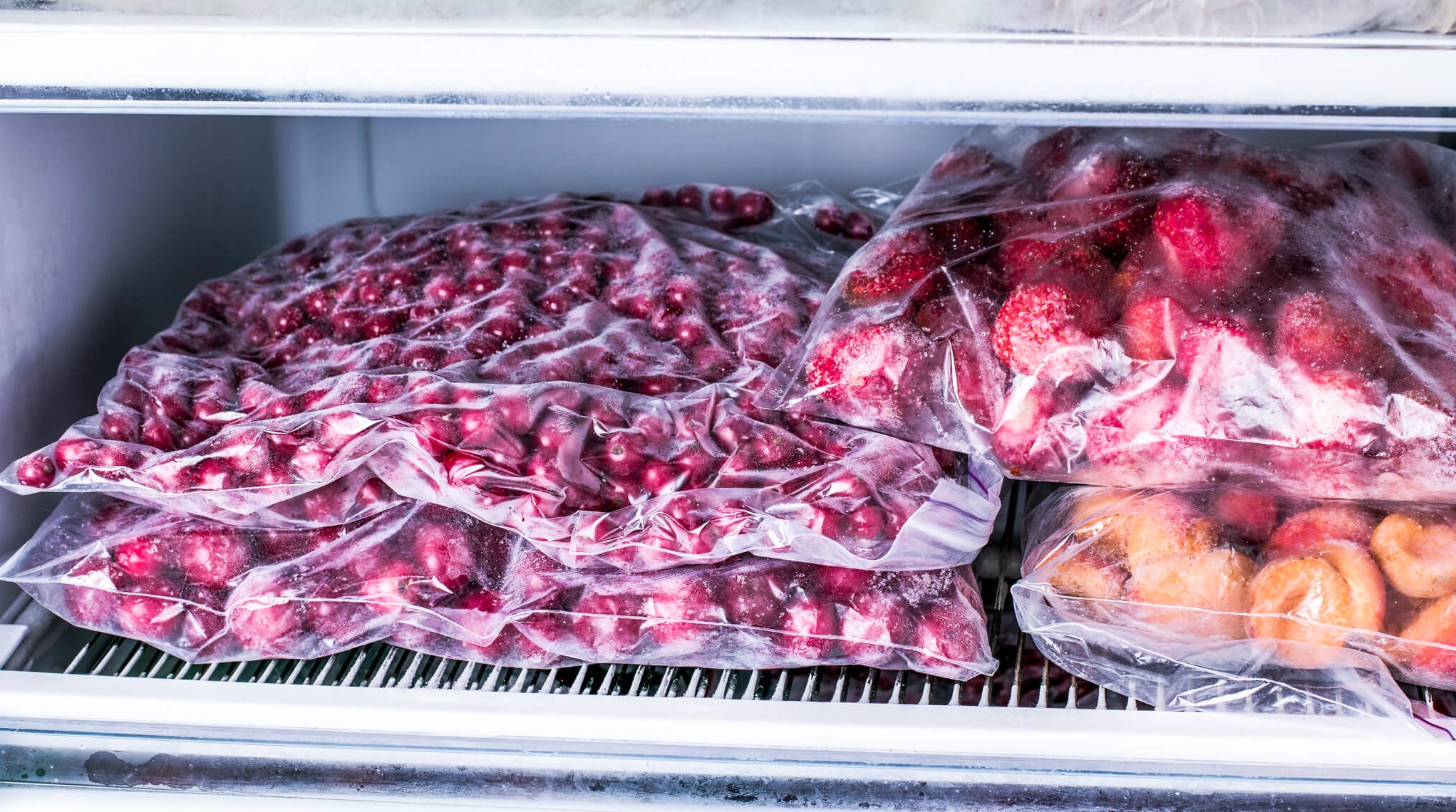
Image: AdobeStock | qwartm
“At the end of the day,” Antoniewicz adds, “freezing is a technique like any other, and it can be very useful in cooking.” Freezing stock, he points out, saves chefs the step of boiling it down. “You chill the stock at a temperature that isn’t all that low, maybe 3 degrees Fahrenheit,” he explains, “and then take it out and pass it through a towel. The towel traps the water, so only the essence of the stock passes through. That saves you a lot of time and energy in preparing stock,” he concludes. The trick works because freezing food slowly creates large ice crystals, especially at temperatures no colder than 0 degrees F.
Cytoplasm
Most freezing techniques have the exact opposite goal. Blast-chilling food, for example, causes the cytoplasm (the liquid inside the cells) to form very small ice crystals. As a result, cellular walls and membranes remain intact, so when the food thaws, its cellular structure is largely preserved. In other words, the cells aren’t “leaking” precious vitamins and minerals, and the food’s texture isn’t affected. Peek into any restaurant’s walk-in freezer, and you might be surprised what a wide variety of food gets frozen or blast-chilled: meat, fish, vegetables, baked goods, even sauces. “People used to scoff at the idea of freezing meat, back when the technique was still in its infancy, but nowadays blast chilling is an excellent way of gently preserving delicate foods for a long period of time,” says Wolfgang Otto of Otto Gourmet, a specialty-meats business in Germany. Meat, he says, requires a slightly different approach, because vacuum-sealed meat needs to mature for up to 30 days to reach optimum tenderness. That’s when the meat is at peak quality, so it’s the ideal moment to blast-chill the product – to rapidly cool it to temperatures as low as -22 Fahrenheit – in order to preserve that quality long-term. “This method of freezing is excellent for seasonal products as well,” Otto continues. Ibérico ham, for example. The pigs yield the best-quality meat after three to five months of ‘pannage’” (where they’re released into the forest to forage on acorns), “so they’re slaughtered between January and March. If you want them on the menu all year round, blast chilling is the best and most gentle method of preserving the meat.”
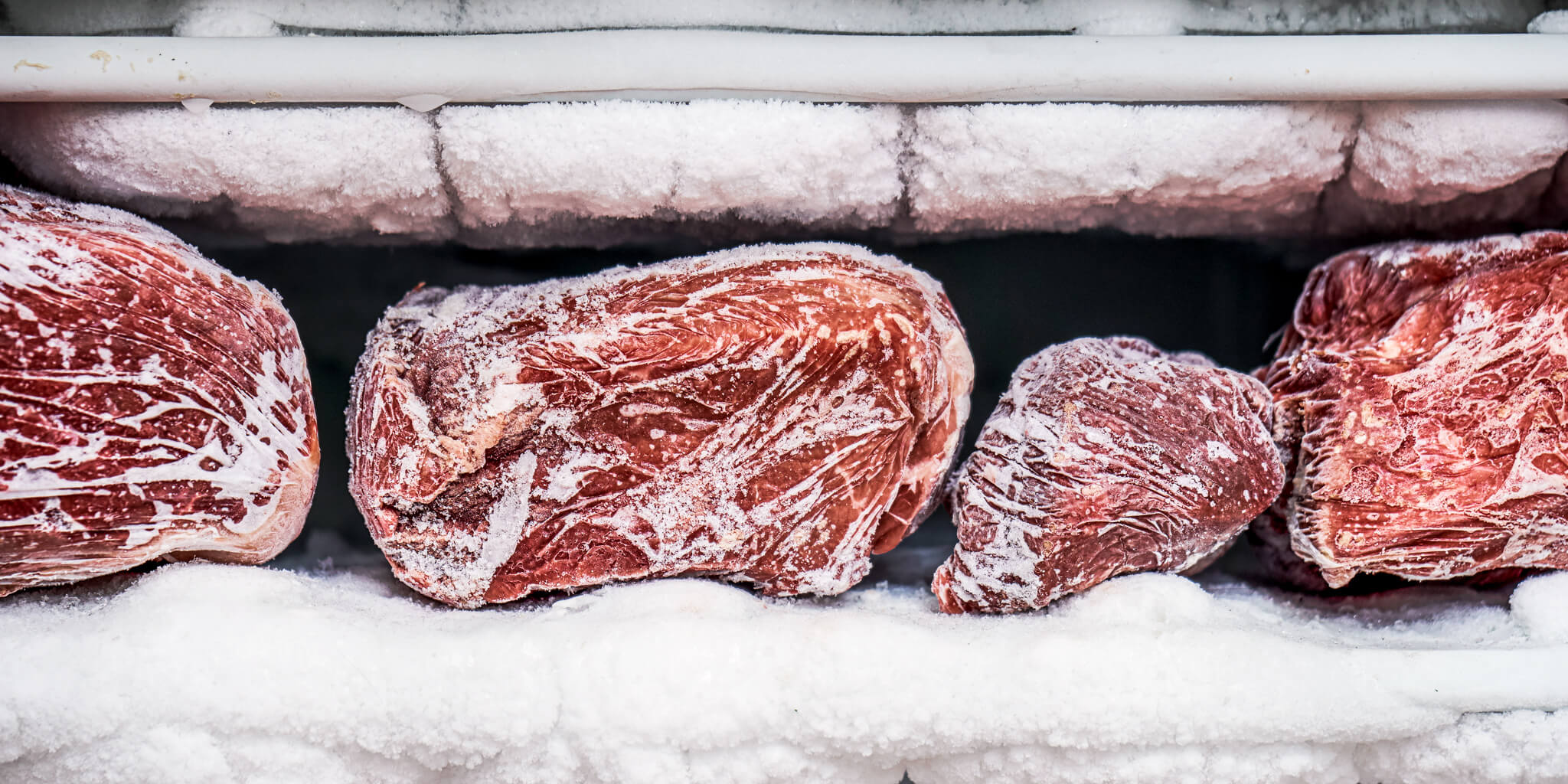
Image: AdobeStock | Georgy Dzyura
Brine
Antoniewicz advises anyone doing their own freezing or blast chilling to be mindful of using the right techniques for each food. Fish, for example, works best when frozen submerged in brine, which preserves the aroma and flavor. Generally speaking, all food should be vacuum sealed before freezing. Of course, you can also buy countless products already frozen; peas and pureed fruit are two of the “classics” found in almost any kitchen. Frozen vegetables are best when used straight from the freezer, because it keeps the juice and the flavor locked into the food – so, yes, go ahead and dump those frozen peas right into that pan of butter. Obviously, freezing food correctly is only half the battle; eventually, you’re going to have to thaw it again. From a flavor and hygiene perspective, the best method of thawing meat is to leave it in the fridge overnight, because the longer and more gradual the process, the less liquid you lose. That helps preserve the consistency of the meat. “We recommend thawing in the vacuum bag,” says Wolfgang Otto. “Take the meat out of the bag once it’s thawed. You can also unpack it before thawing if you prefer, but if you do, make sure to keep the meat dry – you don’t want it lying in a puddle of thawed liquid, allowing bacteria to grow.” Putting frozen food in cold water can speed up the process. But don’t even think about “thawing” food in super-hot water or in the oven – you’ll end up cooking your meat as you thaw it. One commonly used gentle process that works on both meat and fish is sous-vide, where food is cooked at temperatures between 120 and 190 degrees Fahrenheit – so you’re essentially skipping the thawing step. “Nowadays,” Antoniewicz says, “we have a wide variety of great-quality frozen products available. Using them can never be a disadvantage.”


